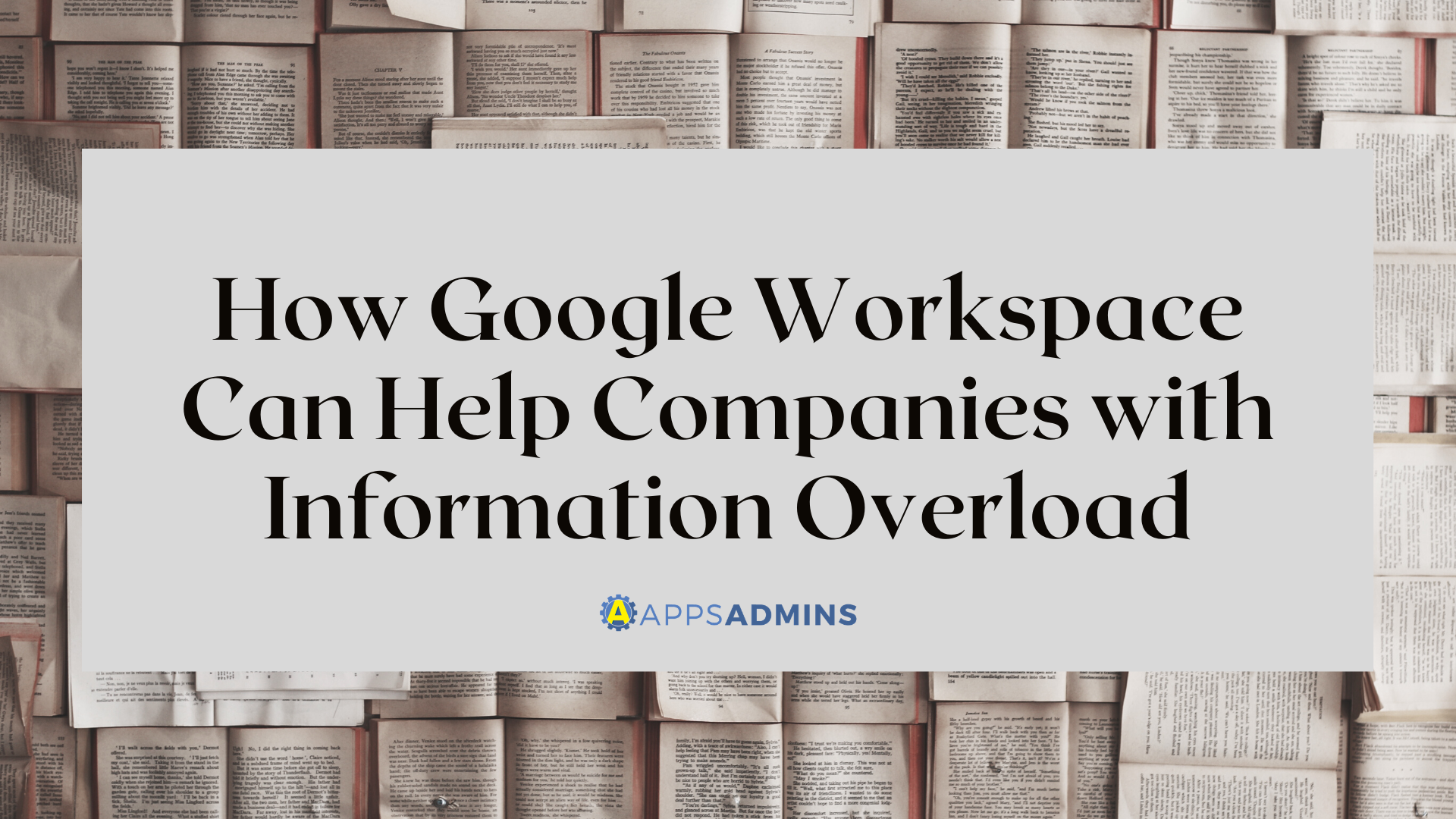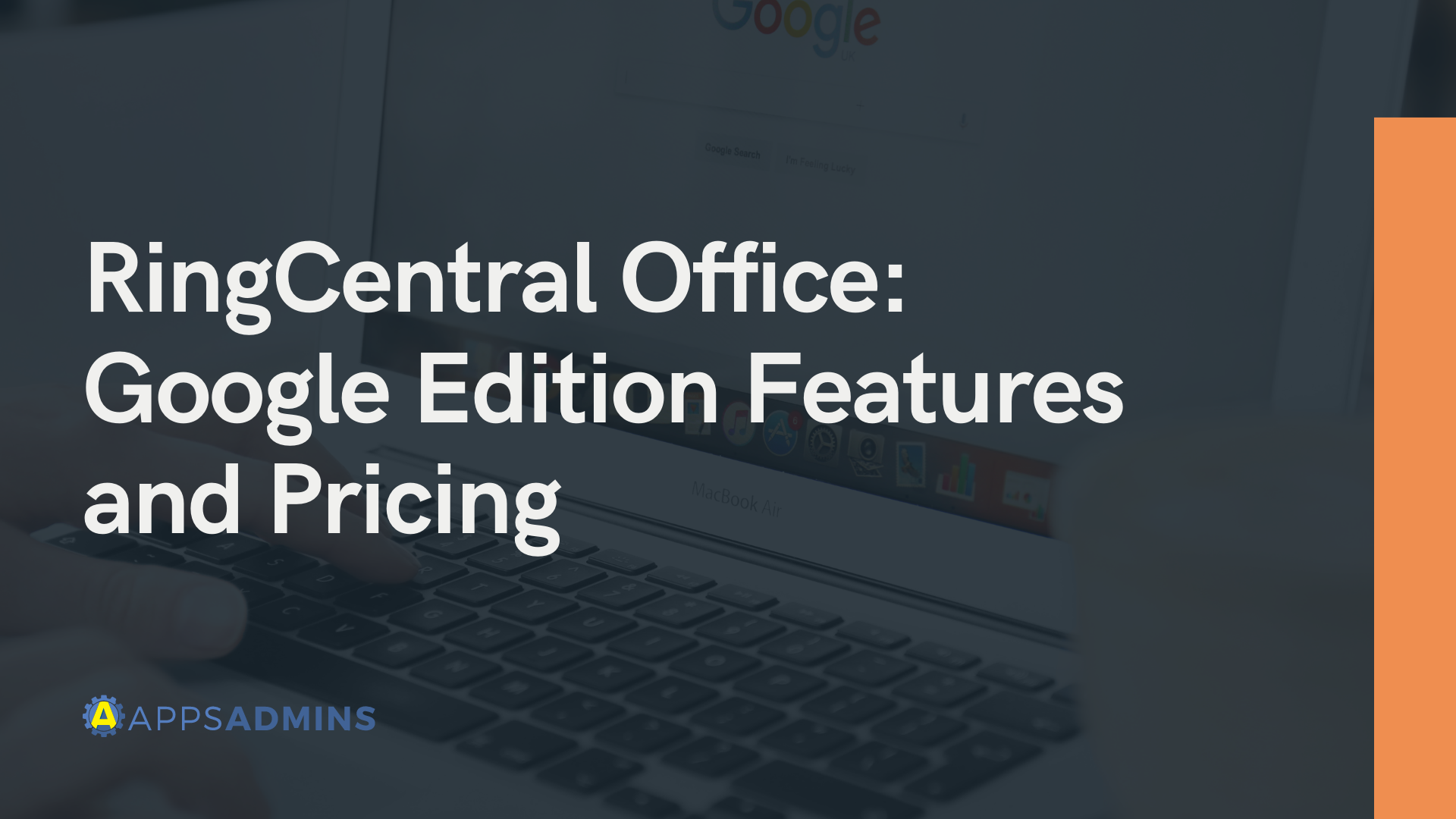G Suite Business Free for 30 Days
Sign up for a Free 30 Day Trial of G Suite Business and get Free Admin support from Google Certified Deployment Specialists.

 Transitioning from a traditional phone system to a cloud phone system can be fairly difficult, even for SMB and mid-size businesses. When you're changing the phone system of your business, however, not only are you dealing with a lot more hardware than a consumer would, you also have to go through the effort of teaching your staff how the new system works while learning how to configure it.
Transitioning from a traditional phone system to a cloud phone system can be fairly difficult, even for SMB and mid-size businesses. When you're changing the phone system of your business, however, not only are you dealing with a lot more hardware than a consumer would, you also have to go through the effort of teaching your staff how the new system works while learning how to configure it.
This transition can be made smoothly, however. Let's talk about how.
New PBX Transition: Discovery Phase
The "discovery" phase is where everything starts. Your VOIP service partner should follow these steps in order to determine what solution you'll need for you and your business.
- Determine the goals for the new system while comparing to the features of the old system.
- Measure the quantity and types of mobile devices and phones present in the environment, as well as the number of business locations.
- Measure the broadband capacity and bandwidth in comparison to the amount of employees while also determining the kind of LAN and addressing the QoS settings, which can effect latency in online activities, especially including VOIP calls.
- Gauge the requirements for mobile/distributed employees and consultants. Also gauge the requirements for auto attendants, call groups and call routing.
- Finally, create a timeline and determine the rollout approach. The rollout can be phased- as in, done over time- or done all at once, immediately replacing the old system. Both methods have their benefits.
Preparation Phase of your New Cloud PBX
In the discovery phase, you and your VOIP partner company already gathered the data necessary to plan out the new cloud phone system. Up next is making a proper assessment of the current network to ensure that it's ready for enterprise-level cloud phone service.
- Testing bandwidth capacity and quality. Essentially, capacity in this context means the amount of data flow, and quality means its quality. The quality can effect reliability of signal, call drops and more. The higher for both of these, the better. If these are poor, bandwidth upgrades will be necessary.
- QoS configuraton on various networking devices. QoS, or Quality of Service, effects latency in online activities by choosing what types of data to prioritize. Usually, VOIP is top-priority, but some routers may not be properly configured to take advantage of this.
- Integration pre-existing infrastructure to the new one. Pre-existing infrastructure includes fax lines, conference phones and more.
- Enabling special requirements. These special requirements include direct dial on pickup.
More Information on Transitioning to a Cloud PBX
After the above steps have been followed, your VOIP partner service will take the necessary steps in order to properly set up your new system during the rollout phase. These steps include porting the old numbers (to ensure there is no downtime), the integration of cloud applications, and assistance training the admins and employees in the new system.
.jpg?width=818&name=appsadmins-svg-rules-1%20(2).jpg)







